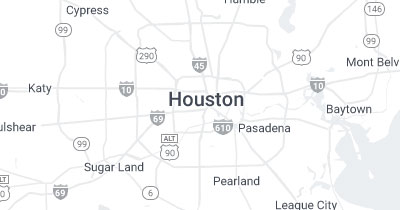Bulging Discs
Disks act as cushions between the vertebrae in your spine. They’re composed of an outer layer of tough cartilage that surrounds softer cartilage in the center. It may help to think of them as miniature jelly doughnuts, exactly the right size to fit between your vertebrae.
A bulging disk extends outside the space it should normally occupy. The bulge typically affects a large portion of the disk, so it may look a little like a hamburger that’s too big for its bun. The part of the disk that’s bulging is typically the tough outer layer of cartilage. Bulging usually is considered part of the normal aging process of the disk.
- Muscle weakness, numbness, or tingling in one or both legs
- Changes in bladder or bowel function
- Paralysis from the waist down
- Pain moving your neck
- Deep pain near or over your shoulder blade
- Radiating pain in your upper arm, forearm, and possibly your fingers
A bulging disc does not necessarily mean that you will need to undergo surgery. The treatment of a bulging disc depends on your symptoms. Most patients with a bulging disc do not need surgery. Your symptoms can usually be managed with conservative treatment such as watching and waiting to see whether your symptoms go away, pain medications, and physical therapy. When surgery is needed to treat a bulging disc, your doctor will likely perform a laminotomy and discectomy. The term laminotomy means “make an opening in the lamina”, and the term discectomy means “remove the disc.”




